The Minneola Tangelo Tree is a favorite here on the farm! This beautiful citrus tree produces large reddish-orange juicy fruit that is sweet and easy to peel like a tangerine. Tangelo is a cross between a tangerine and a pomelo!

Minneola Orange Description
Minneola tangelos were created by the United States Department of Agriculture, also known as the USDA, at their research station in Orlando, Florida, in 1931. Minneola tangelos are large fruits, averaging 7 to 9 centimeters in diameter, and have a round to oblate shape with a pronounced, elongated neck on the stem end. The rind is thin, glossy, bright red-orange, and has a smooth and lightly pebbled, textured surface, created from many prominent oil glands. The rind is also easily peeled, revealing 10 to 12 segments of orange, soft, and aqueous flesh, and the flesh is either seedless or found with a few cream-colored seeds. Minneola tangelos have a sweet-tart flavor with the tangy, floral acidity of grapefruit mixed with the fragrant, honeyed flavor of tangerines.
These sap-suckers can cause serious damage to citrus trees during the growing season. You can use water, insecticidal soaps, or predators like ladybugs to get rid of them.
These pests leave tiny red or brown dots on the underside of leaves. You can use neem oil to get rid of them.
These bugs can cause leaf distortion and are carriers of Huanglongbing disease. You can use frequent oil sprays to keep their numbers down.
These pests can leave a fuzzy footprint on leaves. You can increase airflow and reduce moisture to get rid of them.
This soil-borne fungal disease can cause leaves to turn yellow, defoliation, and die back of foliage. You can check your tree regularly and ensure it has proper drainage. If you spot trouble, you can use fungicides.
This fungal disease causes sunken black spots with a yellow halo on fruits. You can use copper fungicides, but you should apply them when new growth appears and after the petal fall.
These tiny orange, yellow, or black insects attack young leaves and juvenile fruit. The most visible sign of an infestation is curled, enclosed, or shriveled leaves.
This pest doesn’t directly kill the citrus tree, but repeated attacks can severely deform the tree branches. If you see lumps, you should cut the branch off and remove it away from the tree.

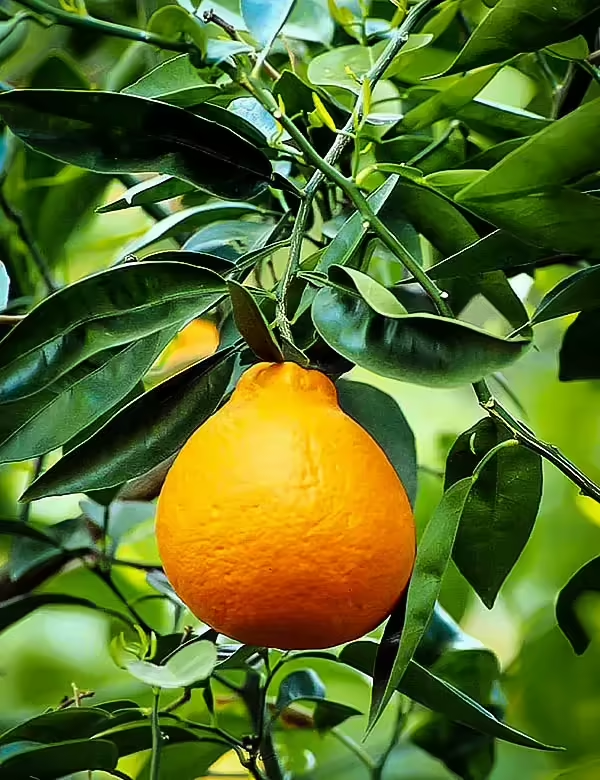
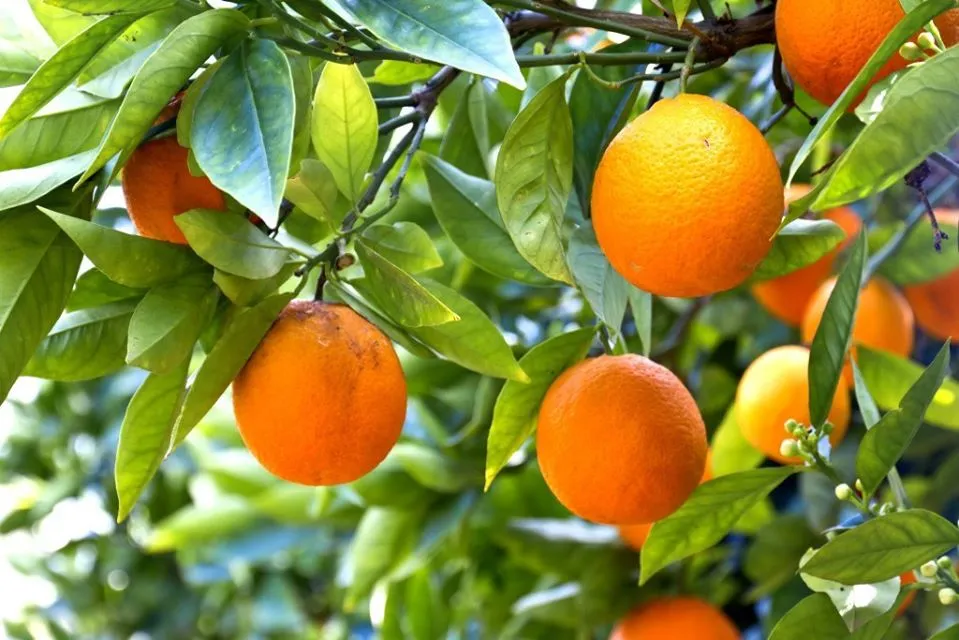
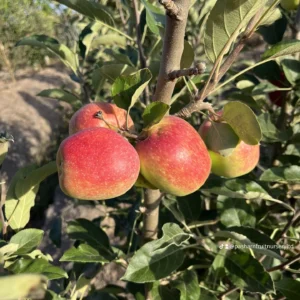
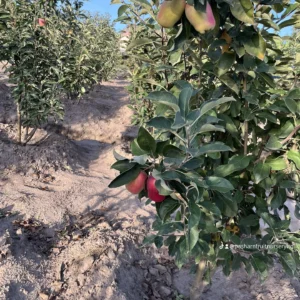
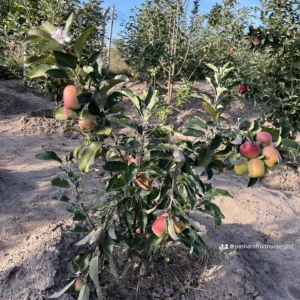
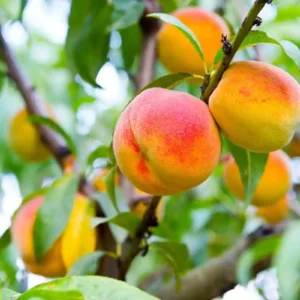
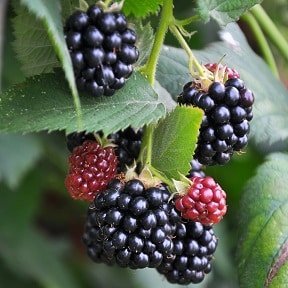
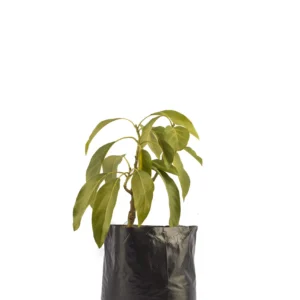
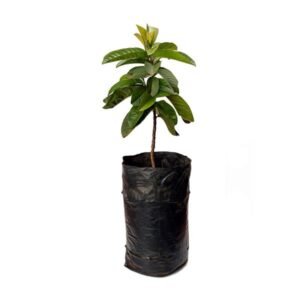

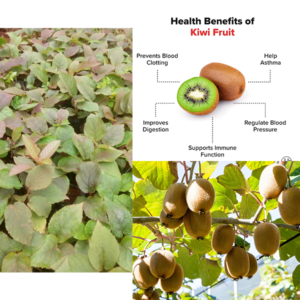
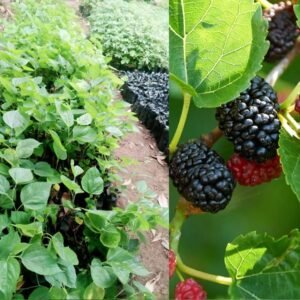
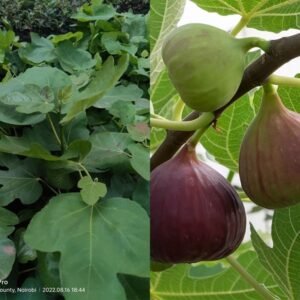
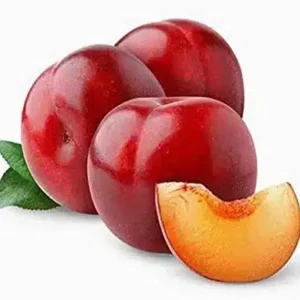
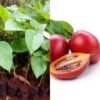

Reviews
There are no reviews yet.